Hawaiian South Shore April Newsletter
Share
NOW IN THE NEW MODEL PUDDLE JUMBER HIGH PERFORMANCE!
It's the WORLDS MOST Environmentally Friendly Surfboard Made in the USA.
"If you are one of the thousands of surfers that enjoyed the Puddle Jumper Series, the PJHP allows you to take your small wave surfing to the next level."- Matt Biolos
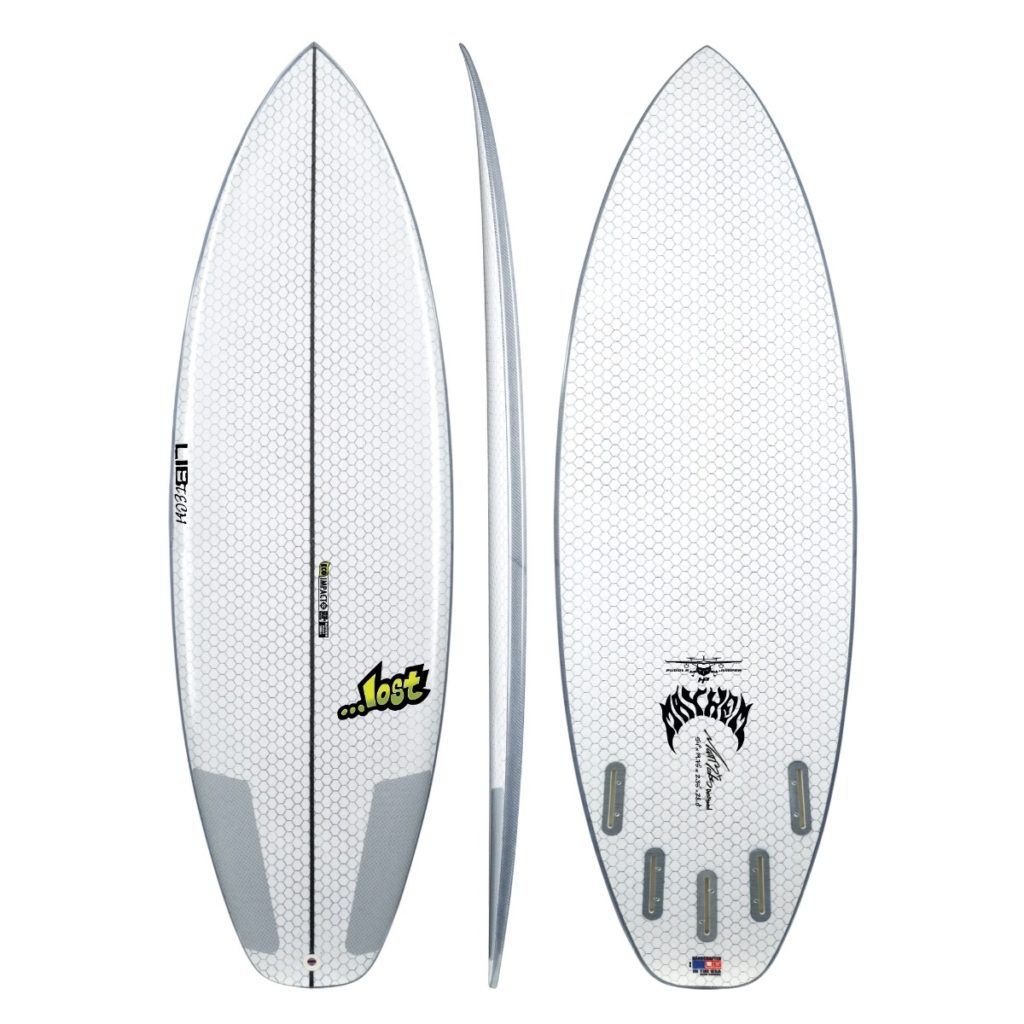
NEW LIBTECH PUDDLE JUMPER HP
A mainstay of the …Lost quiver, the Puddle Jumper HP is a revved up, slimmed down variation on the classic Puddle Jumper, designed for high performance surfing. The pulled-in nose and moved-back wide point allow the board to shred like a normal shortboard, but the volume of the Puddle Jumper is still maintained, providing paddle power and speed down the line, particularly when groveling through soft, slower sections. This board is the ultimate marriage of speed and maneuverability, bringing the fun back to summer time shredding with a high-performance groveler that is as fun to ride as it is easy to paddle.
CHANGING DIRECTION IN 1970'S OKINAWA
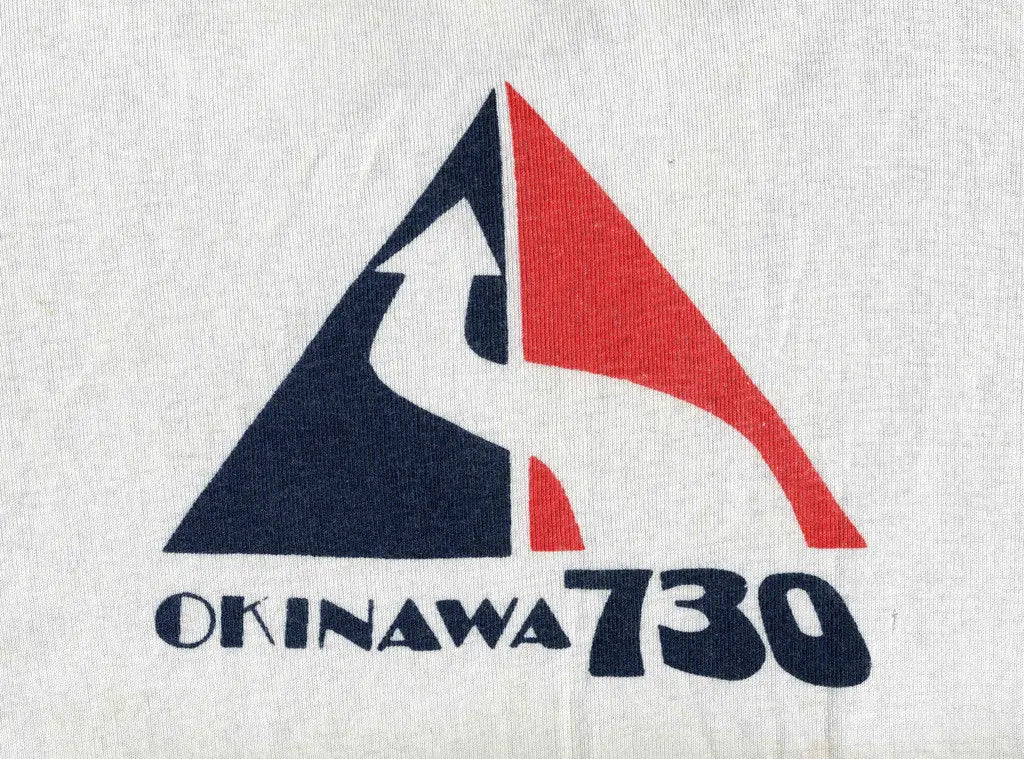
Over the years, we all get the opportunity to witness societal changes—some that are major shifts in consciousness, and others that are smaller, almost imperceptible cultural evolutions. These are the changes that shape who we become as a community and years later, define us as a people. One change that I had a chance to observe was somewhere between a tiny change and a major shift—a change that happened in Okinawa in the 1970’s. In 1978, the Okinawan government had to change the side of the road that people drove on. Okinawa actually drove on the left-hand side of the road, the same as the rest of Japan. When it went under the control of the United States on June 24, 1945, it was made to drive on the right. Even after Okinawa returned to Japanese control in 1972, it still had its traffic driving on the right for six years due to delays in the handover to Japan. In accordance with the Vienna Convention on Road Traffic that restricts each country to have only one traffic direction, all the traffic in Okinawa was changed back to driving on the left on July 30, 1978. It is one of very few places to have changed from right- to left- traffic in the late twentieth century. The day symbolized Okinawa’s return to Japan. The day of the change was called “Nana San Maru,” which referred to the number 730—the date the change was scheduled to happen (July 30). All traffic, except emergency vehicles, was banned after 10pm July 29, 1978. Then eight hours after, at 6am July 30, traffic resumed back to the left-hand side. Within the eight-hour timeframe, bus signs were relocated, and traffic signs changed. A thousand buses and 5,000 taxis were replaced. 300,000 vehicle headlights were changed. We lived near a bus station; the bus companies rolled out new buses with the passenger door on the other side. I watched mesmerized as all the busses started driving in the opposite direction! I remember for several months after on the news there were lots of traffic accidents. What historical changes have you had the chance to observe in your lifetime? Spend some time reflecting on these changes. Share with your family and friends how they made you feel and affected your life. Never forget how unique the time is that we are living in. Just think—15 years ago, most of us hadn’t even heard of smartphones, and yet there’s a good chance that you are reading this article on one right now. A decade from now, there’s no telling what our society will look like!
I can hold my breath for 2 minutes and 37 seconds!

Join The two-day Class at Hawaiian South Shore
Saturday, June 22nd, 2019 @ 4pm
Sunday, June 23rd, 2019 @ 4pm
Two-day course costs only $189 plus tax
A little over a year ago I attended the Apnea Surf Survival Course and after the second day of class I was able to hold my breath for 2 minutes and 37 seconds! Before I went through the Apnea Surf Survival Course, I would’ve never imagined that I could hold my breath that long!
Why did I take the class? I wanted some guidance from an expert who could give me advice for when I wipe out and get held down.Ricardo of Hawaii Eco Divers has trained the best in the world. Matter of fact, we had some famous big wave riders in our class and some of the regulars that surf Waimea retraining with us! It was really cool to see Liam McNamura retaking the class. He and his crew actually have surf survival class (which is a next level training course). This just goes to prove the legitimacy of the Apnea & Surf Survival class.
What is Apnea? According to Ricardo of Hawaii Eco Divers, Apnea is the momentary suspension of external breathing, more commonly known as holding one’s breath. During apnea, there is sufficient oxygen in the lungs and blood stream to allow a person to stop breathing for several minutes while remaining conscious.
Every surfer should take this course as it promotes personal wellness and safety in the water. Even the pros and prominent members of the surfing community like Eddie Aikau or Billabong’s team manager and surfer, Rainos Hayes have taken this course!
To sign up online use this URL: https://goo.gl/UC6iSZ
Questions? Email us at: sales@hawaiiansouthshore.com or text us 808-400-4488.
GETTING TO KNOW DANN MANN
Slater's Newest Surfboard Designer
When Kelly Slater calls you up and asks you to design a board for him, you know you have made it as a shaper. However, when Slater rides that board and then decides to add it to the Slater Designs line, you really know you have done something special. That’s exactly what happened to Dann Mann this year, when his FRK design became the latest in the Slater Designs arsenal. Mann had been around a long time before Slater invited him to join the SD team—in fact, he’s been a master shaper for nearly two decades!
The Coronado-based shaper has been building boards since 1996, under his own label “Mannkine” and for industry leader Channel Islands. He’s also glassed for Rusty, Xanadu, and Joel Tudor. In other words, this guy has credentials. Mann’s reputation really began to develop after the release of some of his early Firewire offerings, which became crowd favorites with the summertime grovel crowd. The Sweet Potato, Baked Potato, and Chumlee are three very different boards with some very similar characteristics—all of which are designed to make them super fun and super-fast. Wide, flat, and round, these boards provide trim speed in even the flattest and fastest of waves but compensate for their extreme width with user-friendly curves that make the boards super exciting to ride. When combined with Firewire’s lightweight, extra-strong construction, all three of these boards became great options for surfers looking for a silver bullet to get them through summer—and as it turns out, there were a lot of those types of surfers.
As Mann’s shapes gained popularity, so did their shaper, and in 2015 Slater sent in a request for a custom design. The result was the FRK, a board that is set to revolutionize high-performance once again, under the feet of the man who has redefined what high performance is numerous times throughout his storied career. If Slater trusts Mann to build his boards, then so do we, so Hawaiian South Shore is excited to be getting a shipment of Mann’s Slater Designs FRKs this next month. Whether you are looking for a standard shortboard like the FRK or a stubby, ethereal grovel-stick like the Sweet Potato, Mann knows what it takes to make a board tick; making him a great resource for a surfer looking to change things up.
GETTING TO KNOW BRETT
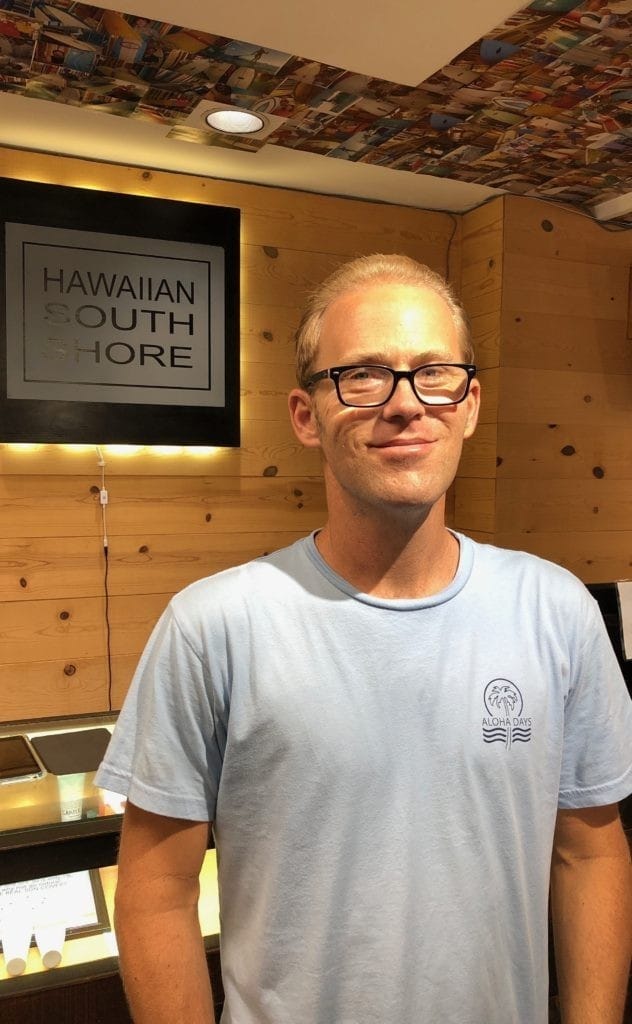
This spring, we are getting to know Hawaiian South Shore manager Brett Martin a little better through monthly conversations about the priorities and life decisions that led to him joining the family here at HSS. This month, Brett tells us about his early experiences surfing in Hawaii, and what surf spots on Oahu have become his favorite.
What was your first surfing experience in Hawaii and what were the conditions?
My first surfing experience in Hawaii was at Canoes, surfing a 9’0” longboard with a 2+1 setup that I borrowed from my brother. My older brother Brandon took me there the day after I arrived in Hawaii. He knew Canoes was a pretty mellow wave, so it was a good introductory wave for me here in Hawaii. Plus, it was a personal favorite of his. I’m super glad he took me there, because I had the fearful impression that every break in Hawaii was like Pipeline: super big, powerful and shallow. It was pretty nice to see Canoes first—a break that looked more like a playful water park than anything else. I was amazed at how clear and glassy the water was. It almost seemed like I was in a swimming pool. The waves that day were waist- to chest-high—not too big, but still fun. It was nothing like what I was used to surfing in California. It was a little more crowded than what I was used to as well, and the paddle out was a little further than the waves I normally surfed in California. However, I was still able to catch waves and have fun. My brother loved Canoes, and I quickly came to understand why. I’m super stoked that Canoes was my first surf experience in Hawaii.
When was your first day surfing big waves?
My first day surfing big waves was when I surfed Haleiwa for the first time. I remember reading the surf report, and it said head-high to three feet overhead. Although that may not be big for some people, it was definitely big for me, especially at that time. Most of the breaks that I had surfed before that in California were barely ever head-high. I remember sitting on the beach for a while before paddling out, watching others surf. I just kept on telling myself, “I have to paddle out and catch a least one wave. I did not drive all this way to not paddle out.” The regret of not paddling out haunted me even more than my fear! So I watched where others were paddling out, and followed them. Once out there, I was so nervous, I remember paddling for a few pretty big ones and pulling back right at the last minute, right before going over the falls. I finally worked up enough courage to just go for it. The first one I actually went for, I somehow made, and I was so stoked. Going that vertical, that fast all at once and making it down the line was an adrenaline rush like nothing I’ve ever experienced before. I was hooked from that point on. To this day I still don’t surf anything crazy big, but I do like waves that are well overhead. No matter how badly I get pounded, I still continue to paddle out beyond my comfort zone in hopes of getting more of that adrenaline rush.
Why did you start surfing Lighthouse and how did you decide on that being your main go-to spot?
I think Lighthouse has become my favorite because I have had so many great sessions there. The first time I ever surfed there, I scored. It was only me and one other guy out. The waves were head-high and consistent. It was a little windy, but the wind was helping it more than hurting it because it added wind swell, which made it bigger than any other spot in town that day. Ever since that time, it seems like Lighthouse is the place where I always have the most fun. I think that became my main go-to spot because it was the most convenient and consistent. It’s a short drive from my house, and not a super far paddle out. When I surf there are usually only three to five guys out at the most. Plus, I’m a regular-footed surfer and Lighthouse is mostly a right, and I have way more fun surfing frontside. And it just always seems to have waves, even when Town is flat everywhere else.
MEMBER OF THE MONTH

Our VIP member of the month, Clyde, is someone I see in the mornings heading out to surf. I sometimes sneak over to the point and catch a few waves before heading back down a few breaks over. He’s Super energetic and radiates with positive energy. As a matter of fact, it’s because of Clyde I started practicing Yoga again.
When and why did you initially get into surfing?
I started surfing in 1972 in Waikiki. Shortboards were just becoming popular at that time. Several of my friends were surfing and I guess it was the cool thing to do. Once I got into it, I was stoked and it became my lifelong passion.
Did you have a time period you laid off from surfing? If so, when and why did you start back up?
I have never really laid off from surfing. I was surfing a lot before I moved to Palo Alto/ Santa Clara for work back in 2008. When I lived there, I surfed maybe 6 times a month because the drive was far, and the water was cold. The waves were fun in Santa Cruz and there were spots all the way up the coastline to San Francisco. So, if anything that was a time period when I slowed down. I also picked up yoga, which made up for the lost time in the water. When I moved back to Hawaii in 2012, I picked the pace back up and started to surf Kewalo Point regularly again. Hard to beat the consistency of the waves here in Hawaii and the warm water!
What is your favorite thing about surfing?
Good empty surf with just a few friends. You are away from everything and your mind is just focused on the present when you are riding a wave. Life is short - got to enjoy what we are blessed with here in Hawaii; surrounded by water and the best waves in the world!
Where is your favorite place to eat after surfing? What is your favorite item on the menu?
I was the ‘Rainbow Drive In’ kind of guy when I was younger. In the mainland, I loved Mexican taquerias after a surf. No favorites now. I would rather save my appetite for dinner and go eat at a good Japanese Izakaya. I can survive the rest of my life on just Japanese, Mexican, and Korean food! Oh yeah, I love the smoothies from Lanikai Juice too!
What other hobbies do you have besides surfing?
Yoga. If you haven’t tried it, do it. One of the best things to compliment your surfing. A lot of surfers do it. You build strength, flexibility, and mental awareness from yoga. If you want to enjoy surfing for 30+ more years.....do yoga!
What type of work do you do?
I am in the Financial Services/Planning industry. I love my job and I enjoy the people I work with. Surfing and yoga is a great balance for my work.
Tell us about the board(s) you recently purchased from us. What model and size is it, and how do you like its performance.
I bought a number of boards from Hawaiian South Shore but my favorites are the 5’5 Lost RNF Retrofish, 5’4 Seaside, 5’10 JS Blakbox 2, and 5’9 JS Blakbox 3. The Retrofish and Seaside are fun in a small town surf and the JS boards have a lot of speed. I’ve always received great service from Brett, David, and Sean. It’s funny because I was referred to Hawaiian South Shore by another surf shop here in town. I was looking for a fin, they didn’t have it, and they told me to check out Hawaiian South Shore because they have a lot of fins. I walked in there, sure enough found the fin, and then saw all the sick boards in there. Thank you Hawaiian South Shore for bringing in some of the best surfboards and gear from around the world – you guys are the best!
SURF BETTER WITH THIS 15-MINUTE FITNESS ROUTINE
While being a surfer has long been associated with being fit and tan, we don’t exactly have a celebrated history of training. Unlike other athletes who cross-train and do cardio workouts to improve their performance on the court or in the field; surfers were better known for partying than for running, stretching, and lifting weights. Surfing was quite the counter-culture, and the beach lifestyle lent itself more to drinking and smoking herb than it did eating a macrobiotic diet and practicing yoga. As far as we were concerned, the best training for surfing was surfing—and the rest of the time, we intended to get loose. But over the past decade or so, that is beginning to change. Starting with pro surfers like Taylor Knox and Mick Fanning and continued by the new crop of world tour competitors and big wave chargers, training for surfing has become quite popular. Non-pros have jumped on the bandwagon as well! It seems like everyone who surfs also paddles, runs, bikes, swims, practices yoga, does pilates, CrossFit, or something else to keep themselves fit and limber for their surf sessions. If you haven’t jumped on the training-for-surf bandwagon or if your busy lifestyle simply doesn’t afford you the time to train full time, you can still tune your body up for your next surf with a short 15-minute surfing fitness program. Dig in and follow along as we get you fit for life and for wave riding!
Warm up (3 minutes): Start with some gentle movement to get your blood flowing, then eventually start moving a bit faster and with more energy. You can warm up by jogging around the yard, doing jumping jacks, jump roping, or any other mild cardiovascular exercise that doesn’t require you to move far from your home or wherever you are training.
Pushups (3 minutes): Regardless of your fitness level, try to incorporate some pushups into your workout. At first you might only do a few—or you might end up doing modified pushups when you first start—but eventually you will get stronger and your reps will increase. Do two sets of pushups at whatever number of reps feels good for you. Remember to be very aware of your shoulders and any potential stress or injury. Surfers do a repetitive motion activity with our shoulders (paddling), we need to be careful not to exacerbate any mechanical issues such as rotator cuff strains or impingements. While you do need to exert effort to get stronger, it is important to know the difference between unhealthy pain related to injury and healthy suffering for the sake of fitness
Triceps dips (3 minutes): When it comes to paddling, surfers actually use our triceps more than our biceps, so it’s a good idea to make sure your triceps are strong and ready for action when you jump on a board. Do two sets of triceps dips by placing your palms backwards on the edge of a chair and your feet on the ground in front of the chair, lower yourself toward the ground and then lift yourself back up. As with pushups, you may not be able to do a lot of these when you first start, but after awhile you will find yourself getting stronger and your reps will increase.
Crunches or planks (3 minutes): The core is at the center of everything we do, and is an integral part of any athletic movement—especially surfing; which involves a lot of lower back arching, twisting, and bending. While our lower backs will naturally be strong from paddling, it is important to balance them out with strong abdominal muscles. Add a few minutes of crunches or planks to your routine to strengthen your core.
Stretch (3 minutes): As a cool down at the end of your workout, do some mild stretches to make sure you counteract any over-tightness of your muscles. Stretch your shoulders and arms, which will likely be tight after your workout. Also stretch out your lower back, your hamstrings, and your hips, as these are areas that often suffer from tightness. (For more stretches that help you surf better, check out our monthly yoga poses.) When we think of training, we often think only about doing exercises. But it’s important to understand that training actually has three parts: exertion, recovery, and nutrition. If you do your workout routine every day without rest, your muscles won’t have an opportunity to rebuild and recover after you break them down with your training. Schedule rest days into your routine, and make sure you are eating healthy, whole foods that provide all of the nutrients, protein, healthy fats, and healthy carbs that you need to rebuild and restock.
NEWS AND REVIEWS
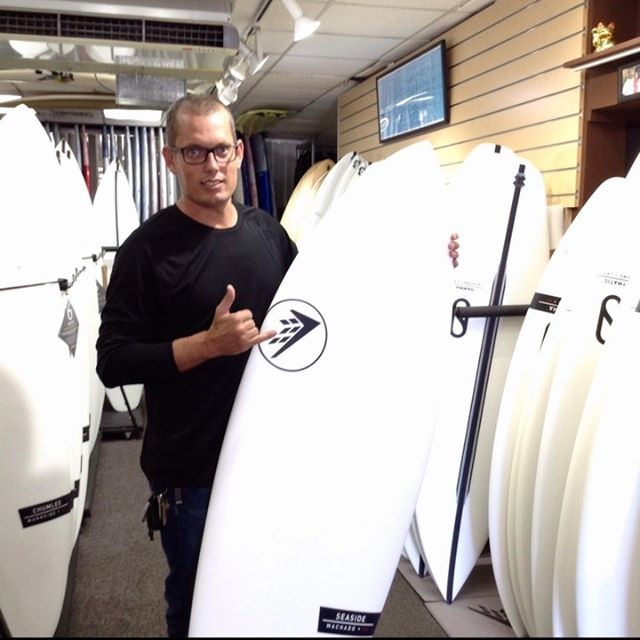
John Thank you very much for the review. We are stoked you’re enjoying the Firewire Seaside! @surf808allday (John) Thanks for the help on the decision and the Aloha you guys have. The board was the best purchase I made for a short board it catches everything and is super fast down the line. thanks @ hwnsouthshore!
CJ Nelson Sprout
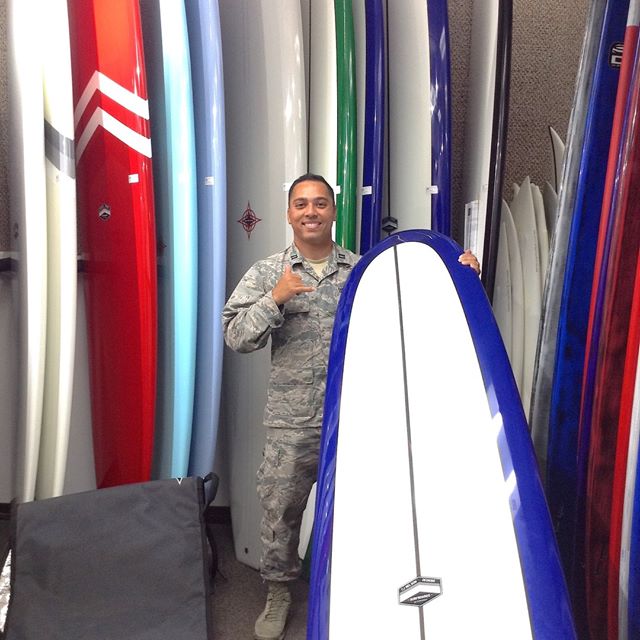
@hwnsouthshore - Thanks Rufus! I’m stoked you got to demo it and see for yourself how great this board is before getting it. You loved it so much, there was no way you couldn’t get it. Enjoy your new 9’6 CJ Nelson Sprout! @ruftuf @hwnsouthshore best surf shop ever! Thank you for all the help with narrowing down to the right board. I had one of the best surf days this past weekend.
CJ Nelson 10' Classic
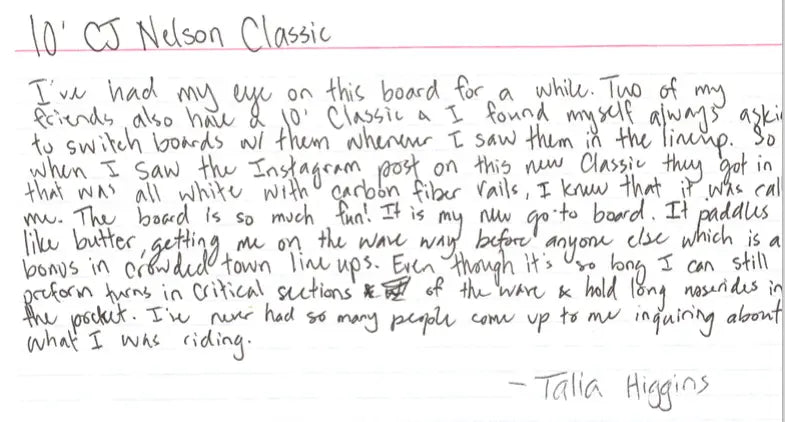
I’ve had my eye on this board for a while. Two of my friends also have a 10’ classic. I found myself always asking to switch boards w/ them whenever I saw them in the lineup. So when I saw on an Instagram post on this new Classic they got in that was all white with carbon fiber rails, I know that it was calling me. The board is so much Fun! It is my new go to board. It paddle like butter, getting me on the wave way before anyone else which is a bonus in crowded town line ups. Even though it’s so long I can still perform turns in critical sections of the wave and hold long noserides in the pocket.
Firewire- "It's one of our best selling small wave boards"

Tomo’s EVO is a modern take on the classic double-ender, with a nearly symmetrical nose and tail. A tweaked-out version of the MPH, the EVO has softer design elements and more curve in the template to make it forgiving and maneuverable in the pocket. While the EVO also has a wider center point, allowing it to thrive in smaller, more gutless waves, like most Tomo designs, it also does well in overhead surf. The board’s bottom contours are quite unique, with a “double inside single concave into split quad concave” planing hull that gives the board extra lift and speed. Due to the responsive nature of the board, it becomes incredibly maneuverable as soon as it is put on rail. The EVO is intended to be ridden as small as possible, and is available from 4’8” to 6’4”. Don’t let the short length turn you off— there is a ton of volume packed into these boards, with the 4’8” running nearly 17 liters and the 6’4” topping out at 50 liters! While the EVO is available in all three of Firewire’s proprietary construction styles, we really like the Helium build. The Helium offers the lightest foam in the Firewire arsenal, with new balsa/paulownia rails for flex and rigidity. A new deckskin material has been introduced to supplement the typical expanded lifespan of Firewire boards. All bolstered by the gentle compression below your feet that has been added to give boards that PU feel.
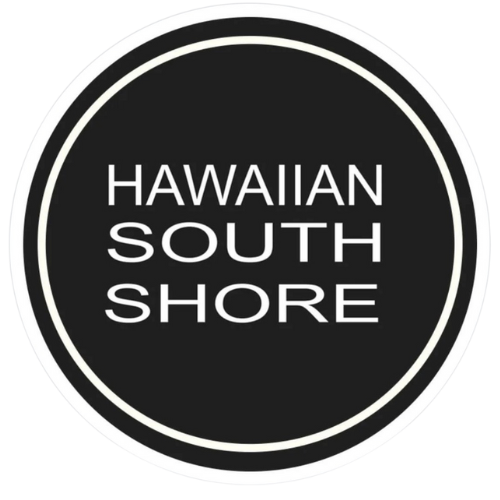
1 comment
Hello! I just wanted to reach out to the person that wrote the post about “Changing Direction in 70’s Okinawa” as I came across it when I was looking up the image of the event on Google. I too was there and was curious about the person who wrote it. Any info would be greatly appreciated!
Thanks,
Kelly